RF Circuits and Systems - Basics of Communication Theory
Course 2
4.25 (10 reviews)
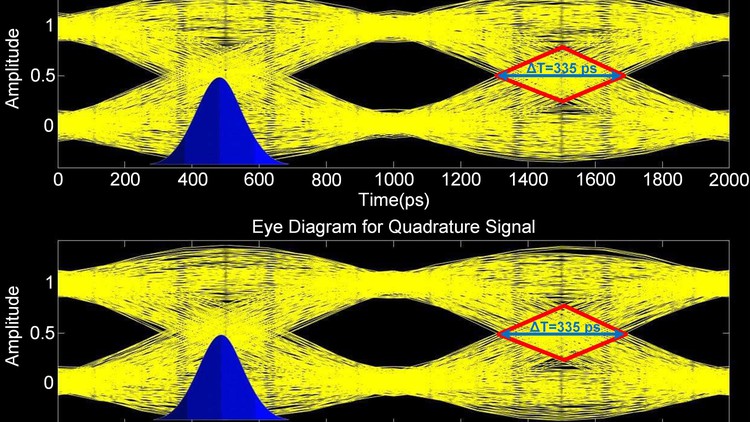
97
students
3.5 hours
content
Jan 2023
last update
$29.99
regular price
What you will learn
The second course in the seven course series on RF circuits and systems provides an easy-to-uderstand overview of communication theory.
The main focus of this course would be on analog and digital modulation techniques being adopted in m modern communication standards.
The participants will get insight into modulation/demodulation, and performance parameters such as bit-error rate (BER), and error-vector magnitude (EVM)
The participants will learn topics such as orthogonal frequency division multiplexing (OFDM), widely used in practice.
Screenshots
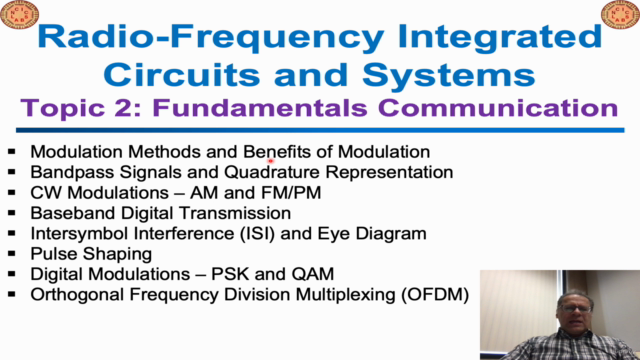
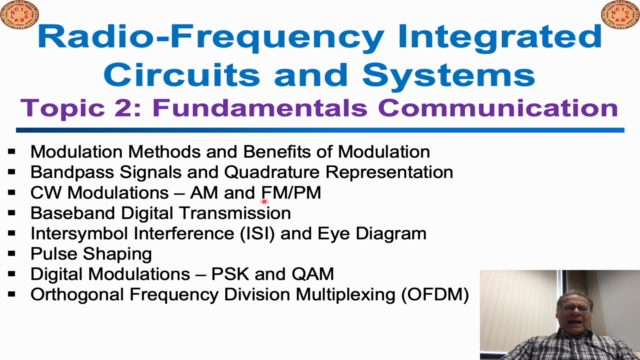
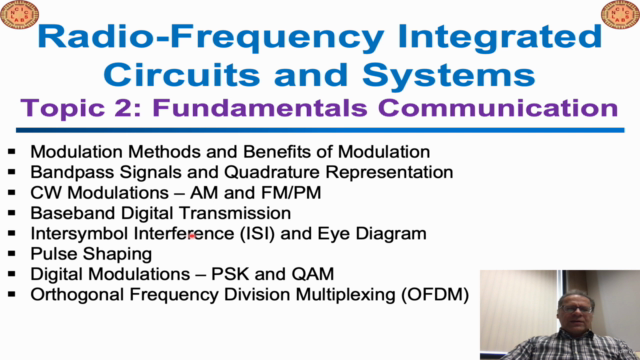
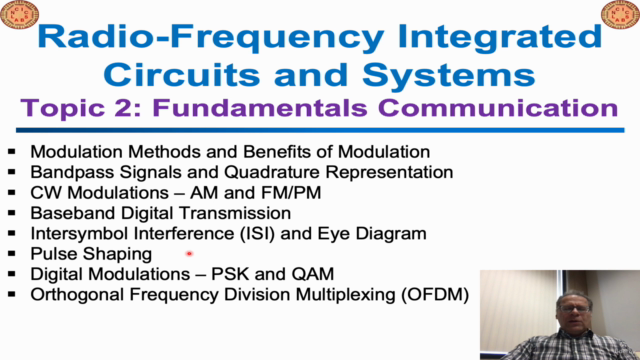
Related Topics
4956526
udemy ID
11/1/2022
course created date
8/19/2023
course indexed date
Bot
course submited by